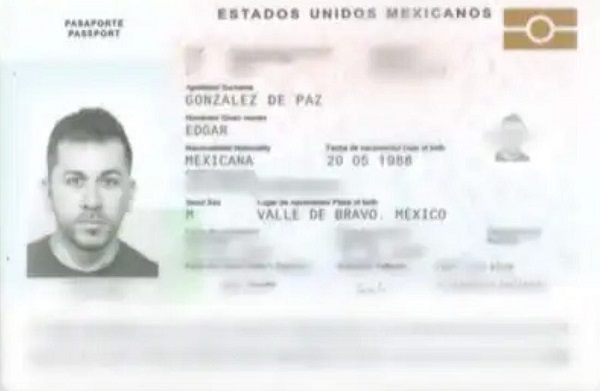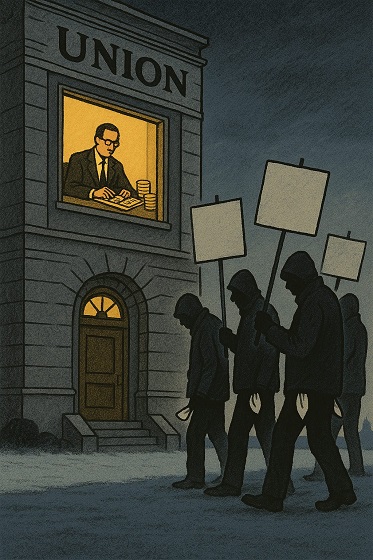Economy
‘What constitutes a border crisis?’ Sanctuary cities have found out
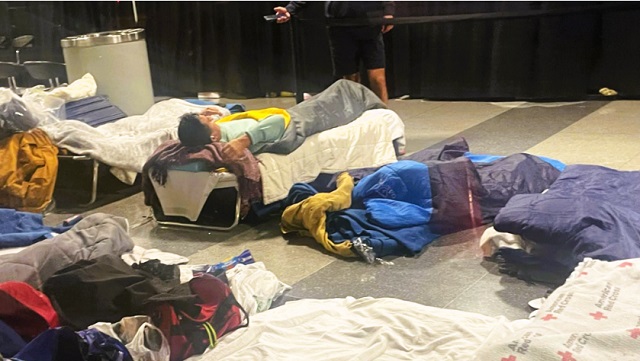
Migrants and migrant bedding inside O’Hare International Airport in Chicago.
From The Center Square
By Tom Gantert
Yeah, you liked them when it wasn’t your problem because you’re not a border state. And then when they show up in Chicago and New York, you’re like ‘What the [expletive] are we going to do with these people?’”
In March 2021, the Los Angeles Times published a story with a headline that asked, “What constitutes a border crisis?”
The story quoted then House Republican Leader Kevin McCarthy as saying, “There is no other way to claim it than a Biden border crisis.”
Then the LA Times asked, “But is it a crisis?”
Just a month later in April 2021, New York City Mayor Bill de Blasio released a statement about his city being a sanctuary city.
“New York City is proud to be a welcoming and inclusive city for immigrants,” de Blasio said at the time.
The debate in the U.S. on migrants took off in April 2022 when Texas Gov. Greg Abbott decided to take a stand against President Joe Biden and what Abbott called an open border policy.
Abbott stated that Biden’s repeal of Title 42 – a pandemic-era policy that allowed the government to quickly expel arriving asylum seekers – had created an “unprecedented surge of illegal aliens” into the country with as many as 18,000 apprehensions a day.
Abbott said that Texas border towns were being overrun by migrants and were overwhelmed. His solution was to bus many of the arriving migrants to sanctuary cities across the U.S.
In August 2022, when the first bus of migrants leaving Texas arrived in New York, Abbott was clear why he had his state paid for the trip. New York had a new mayor by then.
“New York City is the ideal destination for these migrants, who can receive the abundance of city services and housing that Mayor Eric Adams has boasted about within the sanctuary city,” Abbott stated in a news release. “I hope he follows through on his promise of welcoming all migrants with open arms so that our overrun and overwhelmed border towns can find relief.”
And just over a year later, New York Gov. Kathleen Hochul was on CNN in September 2023 pleading with immigrants to “go somewhere else.”
How it has played out was not lost on liberal comedian Bill Maher.
“Could everyone just stop the posturing?” Maher said on a July 2023 podcast with Sharon Osbourne. “Don’t pretend that you love migrants so much and then when we send them to you, you don’t like them. You know? You’re full of [expletive]. And we can see that. Yeah, you liked them when it wasn’t your problem because you’re not a border state. And then when they show up in Chicago and New York, you’re like ‘What the [expletive] are we going to do with these people?’”
New York wasn’t the only destination for Abbott’s buses. He also targeted other sanctuary cities, such as Washington, D.C, Chicago and Denver.
The New York Times published an article in July 2023 that had a headline that asked, “Is Texas’ Busing Responsible for the Migrant Crisis Across Cities?”
On June 14, Abbott’s office stated that it had bused 119,200 migrants to six sanctuary cities since August 2022. That included 45,700 migrants to New York City and 36,900 migrants to Chicago since August 2022. There were also 19,200 migrants bused to Denver since May 2023 and 12,500 migrants bused to Washington D.C. since April 2022.
But Abbott wasn’t alone in busing migrants from the border to locations throughout the country. The Democratic-run city of El Paso also bused migrants north.
Democratic Arizona Gov. Katie Hobbs stated in September 2023 that Arizona was “overwhelmed” by the flow of migrants into her state. Arizona spent $10.5 million transporting 10,247 migrants out of state as of September 2023.
That’s just part of a bigger surge of migrants into the U.S. Since Biden took office in January 2021, about 12 million illegal border crossings have been documented, according to U.S. Customs and Border Protection data and a compilation of “gotaway” data obtained from border agents by The Center Square. Gotaways is the official CBP term to describe those who illegally crossed the border between ports of entry but who were not apprehended. CBP does not publicly release “gotaway” data.
The increase in migrants has hammered the budgets of sanctuary cities.
Washington, D.C. created an Office of Migrant Services with an initial start-up cost of $10 million in 2022. In 2025, the city budgeted $39 million for that office.
Chicago has spent $299 million on migrants since 2022, according to a March 2024 report by the Illinois Policy Institute, and that does not include the hundreds of millions of dollars state taxpayers have paid for costs such as migrant health care.
New York City Mayor Adams said in August 2023 the migrant crisis may cost his city $12 billion over three years.
The city of Denver stated in April 2024 that the increase in migrants has cost it $63 million.
The cost to taxpayers in the state of Texas was $13.4 billion in 2023, according to the Federation For American Immigration Reform. Only California had a higher cost at $30.9 billion.
Ira Mehlman, spokesman for the Federation For American Immigration Reform, said Abbott’s busing strategy has worked.
“His busing policy exposed the hypocrisy of many sanctuary jurisdiction politicians who extolled the virtues of mass immigration regardless of its legality, but are not so happy when they actually have to deal with the real impact of large numbers of migrants,” Mehlman said in an email to The Center Square. “So long as it was someone else’s problem, they were happy to virtue signal and criticize others. Once it became their problem, they demanded that Abbott and others stop sending them migrants. For years, these sanctuary proponents claimed that illegal aliens were a benefit to the country, but are now demanding federal assistance to manage to cover their costs, exposing the fact that illegal immigration imposes huge fiscal costs.”
Tom Gantert
Managing Editor
Business
Canada is failing dismally at our climate goals. We’re also ruining our economy.
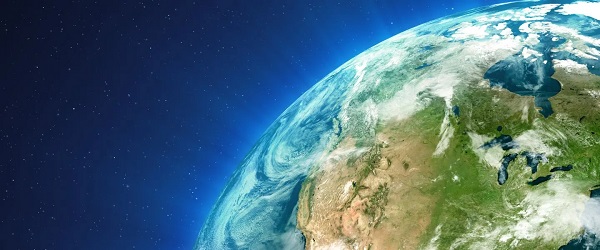
From the Fraser Institute
By Annika Segelhorst and Elmira Aliakbari
Short-term climate pledges simply chase deadlines, not results
The annual meeting of the United Nations Conference of the Parties, or COP, which is dedicated to implementing international action on climate change, is now underway in Brazil. Like other signatories to the Paris Agreement, Canada is required to provide a progress update on our pledge to reduce greenhouse gas (GHG) emissions by 40 to 45 per cent below 2005 levels by 2030. After decades of massive government spending and heavy-handed regulations aimed at decarbonizing our economy, we’re far from achieving that goal. It’s time for Canada to move past arbitrary short-term goals and deadlines, and instead focus on more effective ways to support climate objectives.
Since signing the Paris Agreement in 2015, the federal government has introduced dozens of measures intended to reduce Canada’s carbon emissions, including more than $150 billion in “green economy” spending, the national carbon tax, the arbitrary cap on emissions imposed exclusively on the oil and gas sector, stronger energy efficiency requirements for buildings and automobiles, electric vehicle mandates, and stricter methane regulations for the oil and gas industry.
Recent estimates show that achieving the federal government’s target will impose significant costs on Canadians, including 164,000 job losses and a reduction in economic output of 6.2 per cent by 2030 (compared to a scenario where we don’t have these measures in place). For Canadian workers, this means losing $6,700 (each, on average) annually by 2030.
Yet even with all these costly measures, Canada will only achieve 57 per cent of its goal for emissions reductions. Several studies have already confirmed that Canada, despite massive green spending and heavy-handed regulations to decarbonize the economy over the past decade, remains off track to meet its 2030 emission reduction target.
And even if Canada somehow met its costly and stringent emission reduction target, the impact on the Earth’s climate would be minimal. Canada accounts for less than 2 per cent of global emissions, and that share is projected to fall as developing countries consume increasing quantities of energy to support rising living standards. In 2025, according to the International Energy Agency (IEA), emerging and developing economies are driving 80 per cent of the growth in global energy demand. Further, IEA projects that fossil fuels will remain foundational to the global energy mix for decades, especially in developing economies. This means that even if Canada were to aggressively pursue short-term emission reductions and all the economic costs it would imposes on Canadians, the overall climate results would be negligible.
Rather than focusing on arbitrary deadline-contingent pledges to reduce Canadian emissions, we should shift our focus to think about how we can lower global GHG emissions. A recent study showed that doubling Canada’s production of liquefied natural gas and exporting to Asia to displace an equivalent amount of coal could lower global GHG emissions by about 1.7 per cent or about 630 million tonnes of GHG emissions. For reference, that’s the equivalent to nearly 90 per cent of Canada’s annual GHG emissions. This type of approach reflects Canada’s existing strength as an energy producer and would address the fastest-growing sources of emissions, namely developing countries.
As the 2030 deadline grows closer, even top climate advocates are starting to emphasize a more pragmatic approach to climate action. In a recent memo, Bill Gates warned that unfounded climate pessimism “is causing much of the climate community to focus too much on near-term emissions goals, and it’s diverting resources from the most effective things we should be doing to improve life in a warming world.” Even within the federal ministry of Environment and Climate Change, the tone is shifting. Despite the 2030 emissions goal having been a hallmark of Canadian climate policy in recent years, in a recent interview, Minister Julie Dabrusin declined to affirm that the 2030 targets remain feasible.
Instead of scrambling to satisfy short-term national emissions limits, governments in Canada should prioritize strategies that will reduce global emissions where they’re growing the fastest.

Elmira Aliakbari
Alberta
Carney government’s anti-oil sentiment no longer in doubt
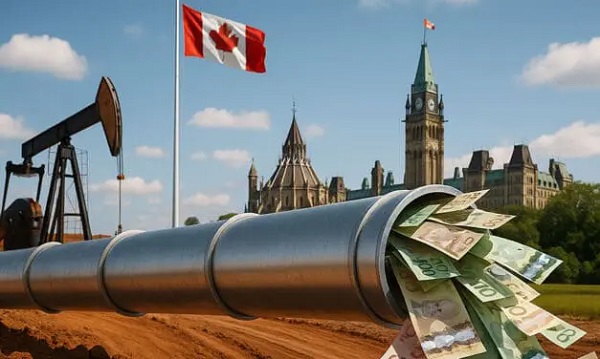
From the Fraser Institute
The Carney government, which on Monday survived a confidence vote in Parliament by the skin of its teeth, recently released a “second tranche of nation-building projects” blessed by the Major Projects Office. To have a chance to survive Canada’s otherwise oppressive regulatory gauntlet, projects must get on this Caesar-like-thumbs-up-thumbs-down list.
The first tranche of major projects released in September included no new oil pipelines but pertained largely to natural gas, nuclear power, mineral production, etc. The absence of proposed oil pipelines was not surprising, as Ottawa’s regulatory barricade on oil production means no sane private company would propose such a project. (The first tranche carries a price tag of $60 billion in government/private-sector spending.)
Now, the second tranche of projects also includes not a whiff of support for oil production, transport and export to non-U.S. markets. Again, not surprising as the prime minister has done nothing to lift the existing regulatory blockade on oil transport out of Alberta.
So, what’s on the latest list?
There’s a “conservation corridor” for British Columbia and Yukon; more LNG projects (both in B.C.); more mineral projects (nickel, graphite, tungsten—all electric vehicle battery constituents); and still more transmission for “clean energy”—again, mostly in B.C. And Nunavut comes out ahead with a new hydro project to power Iqaluit. (The second tranche carries a price tag of $58 billion in government/private-sector spending.)
No doubt many of these projects are worthy endeavours that shouldn’t require the imprimatur of the “Major Projects Office” to see the light of day, and merit development in the old-fashioned Canadian process where private-sector firms propose a project to Canada’s environmental regulators, get necessary and sufficient safety approval, and then build things.
However, new pipeline projects from Alberta would also easily stand on their own feet in that older regulatory regime based on necessary and sufficient safety approval, without the Carney government additionally deciding what is—or is not—important to the government, as opposed to the market, and without provincial governments and First Nations erecting endless barriers.
Regardless of how you value the various projects on the first two tranches, the second tranche makes it crystal clear (if it wasn’t already) that the Carney government will follow (or double down) on the Trudeau government’s plan to constrain oil production in Canada, particularly products derived from Alberta’s oilsands. There’s nary a mention that these products even exist in the government’s latest announcement, despite the fact that the oilsands are the world’s fourth-largest proven reserve of oil. This comes on the heels on the Carney government’s first proposed budget, which also reified the government’s fixation to extinguish greenhouse gas emissions in Canada, continue on the path to “net-zero 2050” and retain Canada’s all-EV new car future beginning in 2036.
It’s clear, at this point, that the Carney government is committed to the policies of the previous Liberal government, has little interest in harnessing the economic value of Canada’s oil holdings nor the potential global influence Canada might exert by exporting its oil products to Asia, Europe and other points abroad. This policy fixation will come at a significant cost to future generations of Canadians.
-
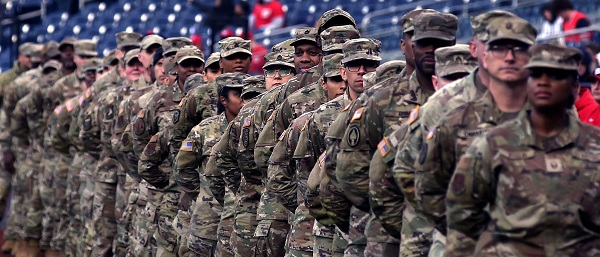
 Daily Caller2 days ago
Daily Caller2 days agoDemocrats Explicitly Tell Spy Agencies, Military To Disobey Trump
-
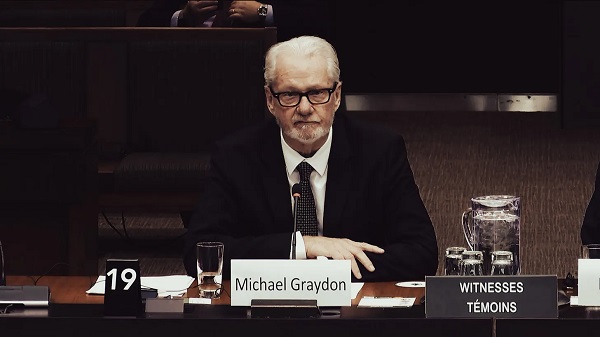
 Business2 days ago
Business2 days agoNearly One-Quarter of Consumer-Goods Firms Preparing to Exit Canada, Industry CEO Warns Parliament
-

 Energy1 day ago
Energy1 day agoCarney bets on LNG, Alberta doubles down on oil
-
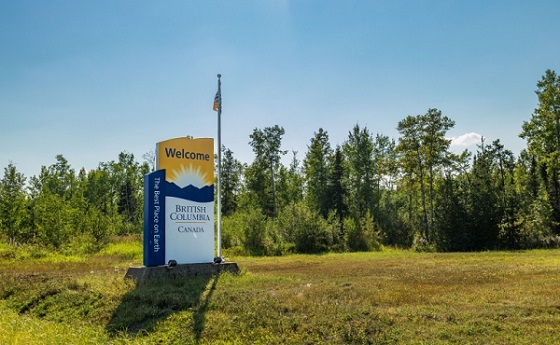
 Indigenous1 day ago
Indigenous1 day agoTop constitutional lawyer slams Indigenous land ruling as threat to Canadian property rights
-

 Alberta1 day ago
Alberta1 day agoAlberta on right path to better health care
-
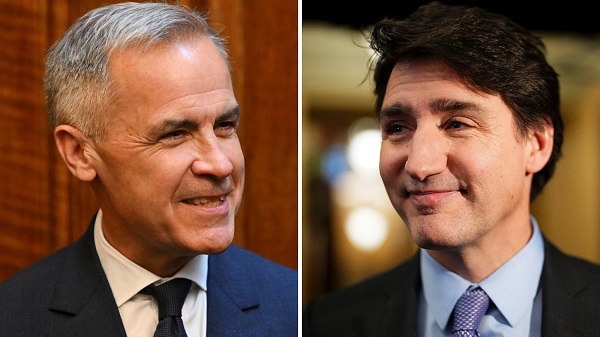
 Business2 days ago
Business2 days agoClimate Climbdown: Sacrificing the Canadian Economy for Net-Zero Goals Others Are Abandoning
-
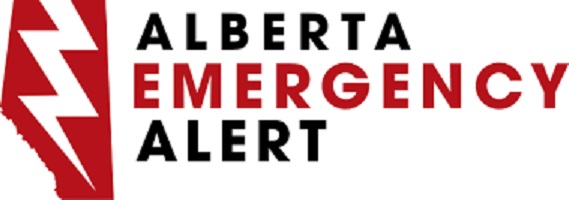
 Alberta1 day ago
Alberta1 day agoAlberta Emergency Alert test – Wednesday at 1:55 PM
-

 Alberta1 day ago
Alberta1 day agoCarney government’s anti-oil sentiment no longer in doubt





